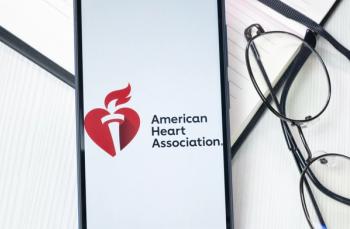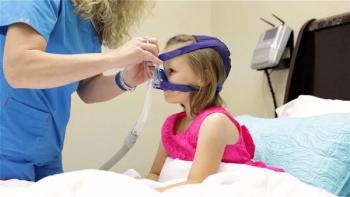
Looking at bronchiolitis trends over the past decade
A report examines the trends in bronchiolitis, which is a common respiratory illness in children, including hospitalization needs.
Bronchiolitis is a common respiratory illness in children. It accounted for 18% of all United States hospitalizations in 2016, excluding birth, for children aged <2 years. A
The investigators did a retrospective cross-sectional study of Pediatric Health Information Systems, which is an anonymous, quality-controlled, online administrative data warehouse of >45 US children’s hospitals across >20 states. The data represent most the large US metropolitan areas. Participants were included in the study if they were discharged between January 2010 and December 2019 following an inpatient stay that was associated with a primary encounter diagnosis of viral bronchiolitis and were aged <2 years. Outcomes looked at included invasive mechanical ventilation, noninvasive ventilation, intensive care unit admission, length of stay, and cost.
There were a total of 203,859 admissions for bronchiolitis during the study period. Among those hospitalizations, 39,442 children were admitted to the intensive care unit; 6751 were given invasive mechanical ventilation; and 9983 received noninvasive ventilation. Overall, intensive care unit admissions for bronchiolitis doubled from 11.7% in 2010 to 24.5% in 2019 (P < .001 for trend). In comparison intensive care unit admissions for all children aged <2 years in Pediatric Health Information Systems increased from 16.0% to 21.1% during the same period (P < .001 for trend). No significant difference was see in the use of invasive mechanical ventilation (3.3% in 2010 to 2.8% in 2019, P = .414 for trend), but the use of noninvasive ventilation had a sevenfold increase (1.2% in 2010 to 9.5% in 2019, P < .001 for trend). Following multivariable logistic regression, the investigators found that the discharge year was a significant predictor for intensive care use admission (odds ratio: 1.09; 95% CI: 1.09–1.09) and noninvasive ventilation (odds ratio: 1.24; 95% CI: 1.23–1.24).
The investigators concluded that there was major increase in the proportion of children with bronchiolitis that were admitted to the intensive care unit and were given noninvasive ventilation. They called for further study to understand the trends.
Reference
1. Pelletier J, Au A, Fuhrman D, Clark R, Horvat C. Trends in bronchiolitis ICU admissions and ventilation practices: 2010–2019. Pediatrics. May 19, 2021. Epub ahead of print. doi:10.1542/peds.2020-039115
Newsletter
Access practical, evidence-based guidance to support better care for our youngest patients. Join our email list for the latest clinical updates.









